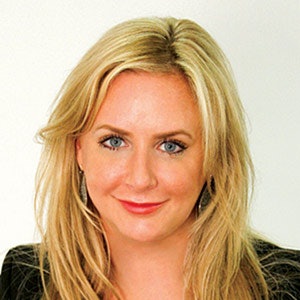
Are you clients guilty of skipping facial cleansing? We know that if we don’t cleanse away the impurities that accumulate on the skin, it could lead to congestion, acne lesions and a dull appearance. During the day, we are exposed to external factors including pollution, touching our face with dirty hands, sunscreens, makeup, etc. Cleansing twice a day will help keep the skin in a healthy state and allow the full benefit of topical products. There are many challenges to getting effective topical ingredients into the skin. In addition to the skin’s effective barrier, oils, dirt and makeup can all impede product penetration. In the treatment room, your expertise on the proper cleansing method can improve your client’s outcome. Now, let’s take a splash into cleansing.
History
The first evidence of cosmetics dates back to about 6,000 years ago, where ancient Egyptians used metallic ores, copper and semi-precious stones for makeup. Makeup was applied as a ritual to honor their gods and goddesses, as well as to protect from the sun and other outer elements. The creation of soap dates back to 2,800 B.C. in Babylon. Soaps were originally made from boiling vegetable or animal fat and lye from ashes, which can be toxic. The soap-making process that came about in the early 1800s using glycerin, fats and acids is still used today. Soap dries the skin, can damage the protective barrier and often leaves a film on the surface. Therefore, the concept of the beauty bar using fats and creams in soap was created by Dove in the 1970s. That still did not resolve the dryness, irritation and soapy film often associated with the high alkaline products. Surfactants, along with other beneficial ingredients, are used in various cleansing solutions today.
Surfactants
Cleansers are ultimately made with surfactants, which stands for surface active agents. Surfactants are most used for cleansing, foaming and emulsifying. They can also be used for solubilizing, penetration enhancement, thickening, antimicrobial effects and more. Surfactants have a hydrophilic (attracted to water) head and a hydrophobic/ lipophilic (detracted from water, attracted to lipids) tail. The lipophilic tail is attracted to and surrounds dirt, makeup and oils. Essentially, the tails form around the impurities and encapsulate them. The structures that are formed are known as micelles. You may be familiar with this term from micellar water. Micellar water is made of micelles and soft water. It is formulated in a way that no additional water is needed, not even to remove it. With traditional cleansers, the hydrophilic heads make contact with water and pull the impurities off the surface of the skin and into the solution to be washed away. There are four types of surfactants with varying properties.












